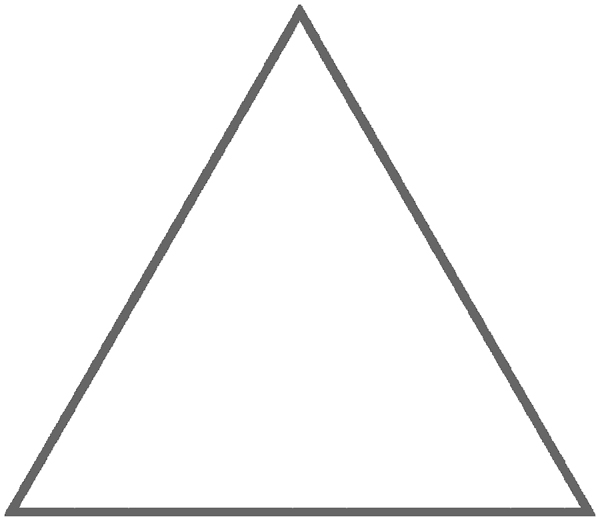For my last big reading session of this quarter, I read even
more of A Tale for the Time Being by
Ruth Ozeki. This time, I read thirteen
pages in about half an hour. I am back
in Nao’s section of the book in the middle of her explaining her life at home
and at school, which certainly is not ideal.
I learned that Nao and her family used to live in the United States but
had to move back to Japan after her father lost his job. There, Nao was bullied at school for being a
foreigner and for being poor. It is
especially in the bullying part that she uses Japanese vocabulary to give a
better idea of what exactly she is called.
For example, there is ijime, a
term that means “bullying”; Iyada! Gaijin kusai, which means “Gross! She stinks like a foreigner!” and Bimbo kusai, which means “She stinks like a
poor person!” The insults are combined
with some offensive Engrish (misspelling intended), which I can’t help but
laugh at because the bullies try to sound so cool but really just jumble a bunch
of English derogatory terms together.
This part of Nao’s story is more exposition than any other
literary devices, but it gives us as readers more information about Nao’s hard
life. She lives in an apartment where
her family can hear everything from
the rooms above and below them, and her father has attempted suicide after his
return to Japan and loss of even more money.
It is hard for me to really identify with this because I have never been
in such a tight financial or familial situation, but I am sure that some others
who may come upon this book can relate better.
I also find it hard to see a similarity with, in Nao’s words, how the “Man
of the House makes all the Big Financial Decisions” in America compared to how
the woman takes care of the money in Japan mostly because my mother and father
share that responsibility almost equally.
Nao’s section ends with how karma, according to Jiko, punishes people
for bad things that they have done, such as in the way that Nao’s father ends
up feeding crows in the park instead of having a solid job after he spent all
of his money betting on horses. Perhaps
these crows will have a greater significance later on, but only time will tell
for that. It was interesting to learn
more about Nao, and I hope to read much more of this book as my time frees up
for Christmas break.




